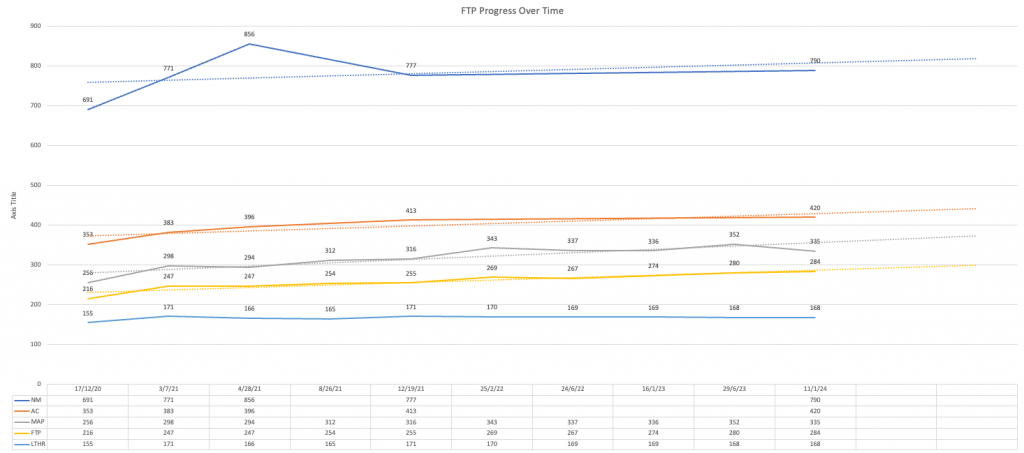Another Ironman 70.3 race under my belt and my best overall finish to date! It was slightly disappointing that the swim was cancelled due to strong currents, but if its the same for everyone, that works for me 🙂
The race venue, people and weather were perfect. Aside from my very first 70.3 in Augusta, I think this has been my favorite. This was probably influenced by some personal bests on all fronts, however, with not having a swim, I think that could have been expected to a small extent.
The weekend started by taking a beautiful drive up to Chattanooga through the mountains on Thursday, I left early so I could get work in once I arrived and avoid some traffic. The drive alone is worth the trip, along the beautiful Nantahala river through towns like Asheville and Bryson City. read more


































You must be logged in to post a comment.